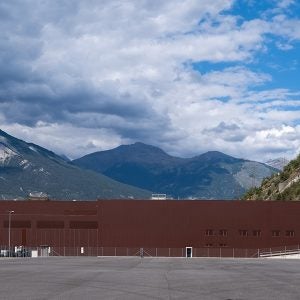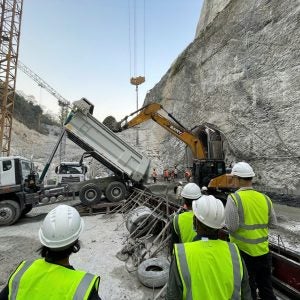The agreement heralds the beginning of the end of a five year long negotiation to relicence the Pelton Round Butte dam complex, a series of three hydro dams at the confluence of the Metolius, Crooked and Deschutes rivers in the state of Oregon, US.
According to information available from the Federal Energy Regulatory Commission (FERC), 17 of the 19 parties agreed to accept a package of reforms, including higher stream levels, building a selective water withdrawal facility at the Round Butte existing intake tower, temperature and water quality goals for the rivers, as well as other mitigative measures to help endangered bulltrout and steelhead salmon.
PGE and the tribes began negotiating with environmentalists and federal agencies in 1999 to extend their joint license for the Pelton Round Butte dams. The license expired in 2001 without an agreement being reached, leading FERC to issue a temporary license each year, according to FERC documents.
PGE and the tribes had disagreed with federal agencies on a range of issues, including who would pay for restoration work on the three rivers, how much water would be released from dam reservoirs and how to balance farm, fish and recreation interests.
The project consists of three dams and reservoirs with three power houses capable of generating a total of 427MW. The upper two power houses – Round Butte and Pelton – operate in peaking mode, with all flows being reregulated at the Reregulating power house. The project includes no diversions and operates in a modified run-of-river mode. The Pelton development was constructed in 1957, with Round Butte added in 1964 and the Reregulating power house in 1982.






